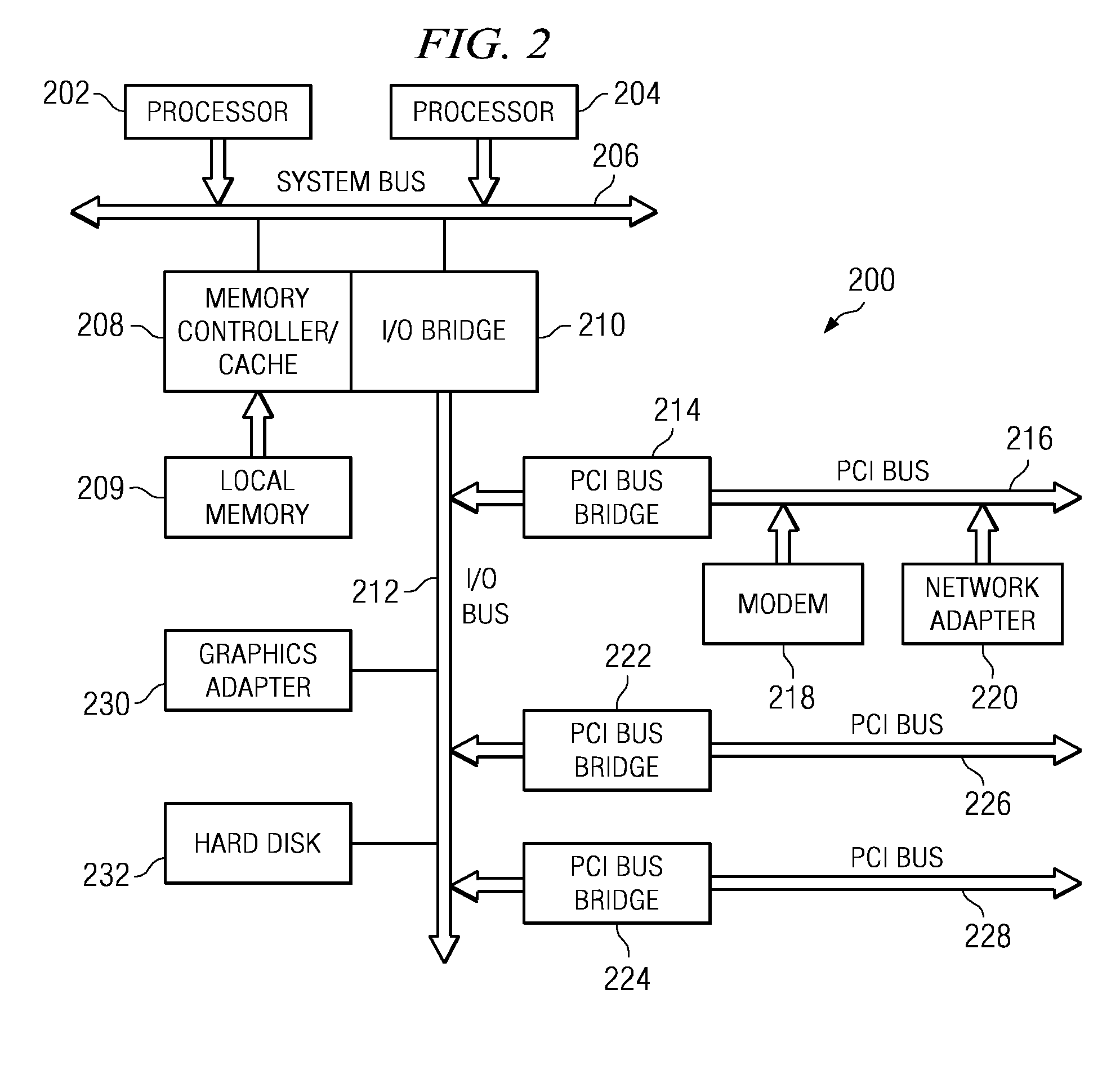System and Method of Error Recovery for Backup Applications
a backup application and error recovery technology, applied in the field of data processing system and method, can solve the problems of large overhead, error recovery, waste of resources created so far, etc., and achieve the effect of facilitating the development of backup solutions and speeding up the development of backup applications
- Summary
- Abstract
- Description
- Claims
- Application Information
AI Technical Summary
Benefits of technology
Problems solved by technology
Method used
Image
Examples
Embodiment Construction
[0059]The illustrative embodiments set forth herein provide mechanisms for error recovery of backup applications by implementing error recovery functionality in the storage controller of a storage system. The storage system and its associated host system or systems may be local to one another or may be remotely located from one another and accessible via one or more data networks. Thus, the storage system may be topologically and / or geographically remotely located, i.e. not within the same storage area network or cluster, from a host system running application instances that utilize or otherwise operate on data stored in the storage system. As such, the mechanisms of the illustrative embodiments may be implemented in a stand alone data processing system or a distributed data processing environment.
[0060]In the following description, the mechanisms of the illustrative embodiments will be described in terms of a distributed data processing environment in which there are a plurality of...
PUM
 Login to View More
Login to View More Abstract
Description
Claims
Application Information
 Login to View More
Login to View More - R&D
- Intellectual Property
- Life Sciences
- Materials
- Tech Scout
- Unparalleled Data Quality
- Higher Quality Content
- 60% Fewer Hallucinations
Browse by: Latest US Patents, China's latest patents, Technical Efficacy Thesaurus, Application Domain, Technology Topic, Popular Technical Reports.
© 2025 PatSnap. All rights reserved.Legal|Privacy policy|Modern Slavery Act Transparency Statement|Sitemap|About US| Contact US: help@patsnap.com



